Experimental processes are at the heart of scientific discovery and innovation. They are iterative by nature, meaning that each experiment builds upon the findings of the previous one. This cycle of learning and refining enables researchers to draw meaningful insights and make informed decisions. In this post, we’ll dive into what an experimental process entails, with a focus on the structured methodology known as Design of Experiments (DOE).
What is a Design of Experiments (DOE)?
A Design of Experiments (DOE) is a systematic approach to planning a series of experiments. The goal of DOE is to answer specific questions by carefully defining and controlling the experimental setup. This methodology is guided by three key components: factors, responses, and levels.
Breaking Down the Elements of DOE
- Factors: These are the variables in an experiment that are considered influential to the outcome. These can be either numerical (e.g., temperature, pressure, or concentration) or categorical (e.g., types of solvents or material sources). Factors are the inputs to the experimental process and are selected based on their relevance to the desired outcomes.
- Responses: Responses are the measurable outputs of the experiment. These variables provide insights into how the factors impact the system being studied. For example, a response could be the yield of a chemical reaction, the optical properties of a material, or the durability of a product under specific conditions.
- Levels: In a DOE, the researcher defines levels for the numerical factors, which are specific values or settings at which the factors are tested. A range is set by a maximum and minimum value, and it encompasses all the potential values that the factor might take during the experiment.
The Iterative Nature of Experimental Processes
One of the defining features of experimental processes is their iterative nature. Researchers rarely get all the answers in a single experiment. Instead, they refine their understanding step by step, using the results of previous experiments to design the next ones.
In the context of DOE, this iterative approach helps scientists and engineers to:
- Narrow down ranges for critical factors.
- Identify which factors have the most significant impact on responses.
- Optimize the conditions to achieve desired outcomes.
While the process is inherently iterative, Dxter.ai helps you to accelerate this cycle. By leveraging advanced AI-driven tools, you can explore possibilities more quickly, reduce the time between iterations, and focus on achieving breakthroughs faster.
Shaping the Future of Experimentation
The experimental process is more than just running tests—it’s about systematically exploring possibilities to answer specific questions. Design of Experiments (DOE) provides a powerful framework for achieving this, ensuring that every experiment contributes valuable insights.
Our solution brings a new level of speed and precision to experimentation. By combining the principles of DOE with cutting-edge AI, we make it possible to streamline your workflow, reduce trial-and-error, and uncover insights in a fraction of the time. Whether you’re optimizing a product formulation or pushing the boundaries of innovation, our tools empower you to achieve results faster than ever before.


